
How Much Should I Tip?
Updated August 2, 2023Many Americans assume that tipping is the same in other countries, but this custom can vary greatly from country to country. It is important to understand the tipping expectations for each place that you travel to avoid under or over tipping as both of these faux pas can be embarrassing or even insulting.
Europe
In Europe, tipping at restaurants is expected but the amount expected is much lower than in the United States. Generally, 10% is more than enough. It is not insulting to leave a little less than 10%, especially if the rounding is easier. For example, if your bill is 33 euros, 10% would be €3.3, but leaving €35 euros would suffice. Many restaurants include “table service” within the bill, so be careful to look for that. If this is included, you do not need to leave an extra tip. If anything, default to the rounding up to the next euro rule. You do not want to leave anything over 10% as this can actually be insulting. It is important to understand that, unlike in the US, waiters and waitresses are paid much better and thus do not fully depend on tips. If you leave large tips, such as a 15-20% tip as most US citizens are accustomed to, it can come off as arrogant, or as if you believe the waiter or waitress looks as if they need the extra money.
Cab drivers also do not expect large tips. There is not really a standard percentage, you generally just round up and give them the change. For example, if your fare is €8, you can simply give €10. However, if you take a long cab ride or a private tour of some sort, something closer to 10% should be given. Larger tips are also customary for any cab driver who helps you with heavy bags.
South America
The tipping expectations in South American restaurants is the same as in Europe, 10% is the most anyone will expect. South Americans can also get offended by over-tipping, so be sure to remember that they don’t depend on the tips to make their living, it is just extra money. South American countries also include “servicio de mesa” (table service) on many bills, but unlike Europe, this is not the tip. “Servicio de mesa” is the charge for bread before the meal. Unfortunately, you do not have the option to refuse this; if bread is brought to your table, you can expect a “servicio de mesa” charge and you will also need to leave a tip.
For cabs, tips are not really expected at all. Of course, rounding up and giving them your extra change can be appropriate and appreciated but it is rarely expected. Some South American countries have shortages on coins or small bills, so cab drivers appreciate when you pay in small bills and perhaps allow them to keep any extra coins that they may owe you as change. Again, this is only appreciated, not expected. However, if your cab driver helps you lug around several heavy bags, it is customary to give them a tip for their extra trouble.
Mexico
Mexico is very tip-driven; it is not simply about the amount of tip you leave but also all the situations you can find yourself in that require a tip. You will see lots of signs that mention “la propina” that are not-so-subtle hints about the tipping expectations. Right when you get off the plane you’ll have to find a cab. It is very common for men or even children to deem themselves unofficial cab hailers. You may not ask for or want their help, but once they have opened the cab door for you, a couple pesos is expected.
Cab drivers, on the other hand, do not expect large tips. Cab rides in Mexico are mildly expensive and often include a tip. However, leaving the spare change is always nice. You will also want to tip at least 10 pesos if the cab driver goes through the trouble of dealing with your luggage.
There are several other unofficial “jobs” that require tips. If you are driving in Mexico, men will often circle parking lots on foot and wave you into free spots. These guys are pretty happy with a couple pesos for their services. In grocery stores, children will often bag your groceries. The children are not employees at all, so they survive completely on your tips. You can simply leave the spare change from your bill, but if they convince you to let them carry your groceries out for you, you’ll need to give them a few pesos more. Concierges that help you find places around town and even windshield cleaners on the streets will expect a few pesos here and there. Basically, any person who helps you in any way in Mexico would greatly appreciate your spare change.
In restaurants and bars the tipping is much like the United States. At a sit down restaurant, 15-20% is customary. If the service is exceptional, you leave more, if it is sub par, you leave less. Some restaurants will list “propina” on the bill, which means you do not need to leave any additional tip. At a bar, you will be expected to leave 1-3 pesos for each trip you make to the bar.
Central America
Central America is also very similar to the United States when it comes to tipping. In restaurants, 15-20% is customary, more or less is given depending on the quality of service. However, tips are sometimes included in the bill so make sure to read your bills closely. If the tip is included it is unnecessary to leave anything additional, but if the service was exceptional, a little extra is appreciated.
Cab drivers should be tipped $1-4 US dollars, the amount depends on the length of the cab ride. You will also want to add more if the driver helps with bags.
Unlike Mexico, you will not run into spontaneous tipping situations. Central America includes the common jobs that depend on tips such as house cleaners (~$1 a night), hotel concierges ($2-$5) and bell hops (less than $1 per bag) and bar tenders (15-20%).
Asia
Asia is perhaps the most complicated area when it comes to tipping. Each country differs slightly and the currencies can be very difficult to understand. Many countries in Asia do not having “tipping cultures” so they will not expect tips in any situation, but any “Westernized” establishment will have a Westernized attitude and expect 10%. This 10% is often included in the bill, so be careful to read your bill closely. Local restaurants, taxi drivers, bar tenders, etc. will rarely expect a tip or anything more than your spare change. You really only need to worry about establishments geared towards tourists, as these places are well aware of the tipping customs of the US and will expect you to carry on the custom within their establishment. When in doubt, attempt a 10% tip, they may be confused and think you have accidentally left extra money, but it is rarely offensive to offer a tip.
Australia
Waiters are paid very well in Australia so tips are not expected in restaurants at all. Of course, you can always leave a little extra in high end restaurants or when you have especially great service.
Tipping is not expected for cab drivers, bar tenders, bell hops, etc. either. Australia is a very relaxed country, which can sometimes come off a little odd for visitors. US citizens are used to being doted on constantly by service staff, but you should expect such royalty-like treatment in Australia. Australian service personnel will do their job well but will not go over the top, as they work for a standard wage and do not need or expect your tips. Usually, allowing service workers to keep the change is all that is necessary.
For more helpful travel tips, sign up for our travel deals newsletter and you will receive a free copy of our helpful travel guide “How to Save Money While Traveling.”

How I Came to Live and Work in Hong Kong

Inside the Australian Open: 6 Insider Tips
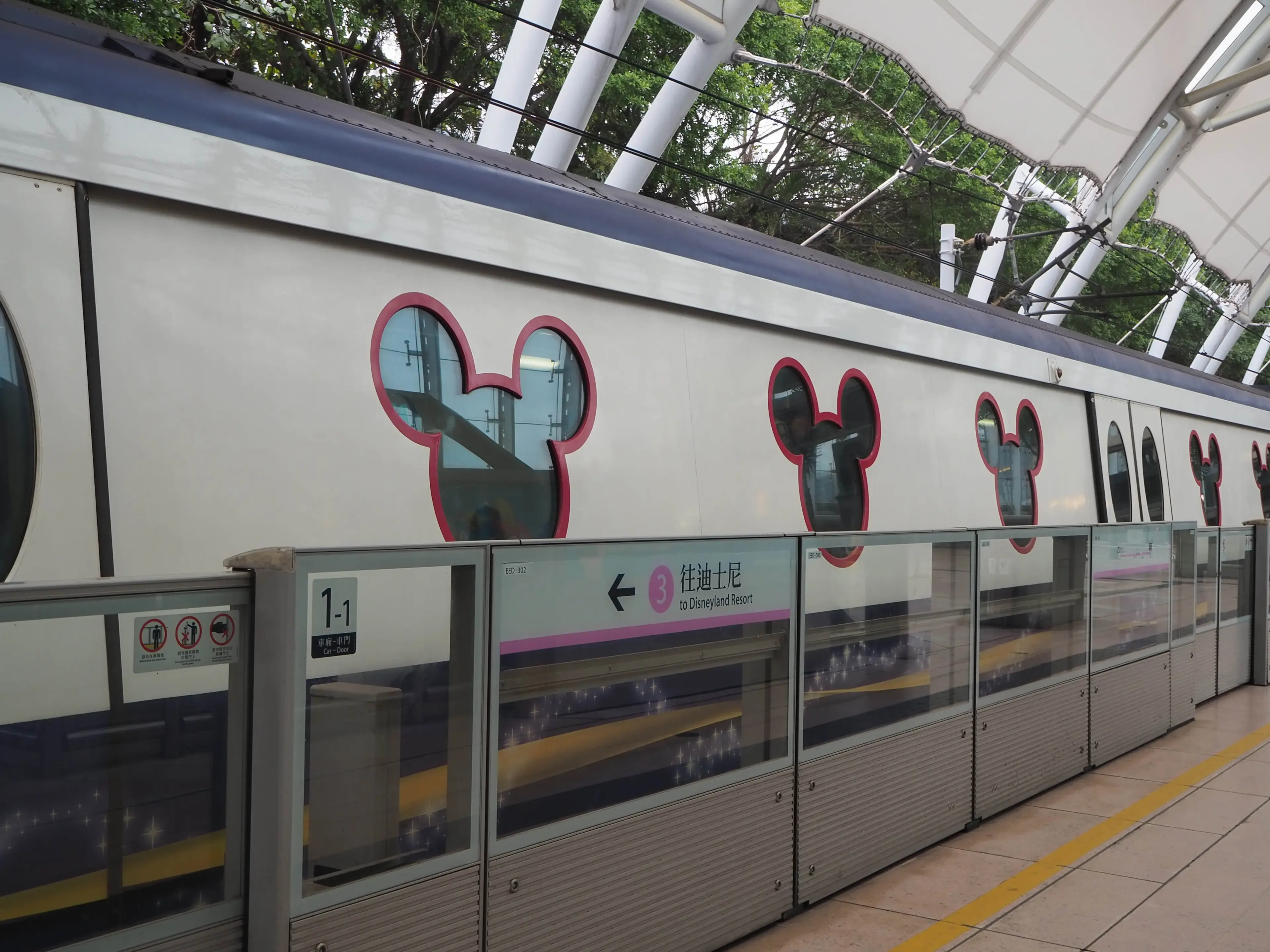
How Hong Kong Does Disney
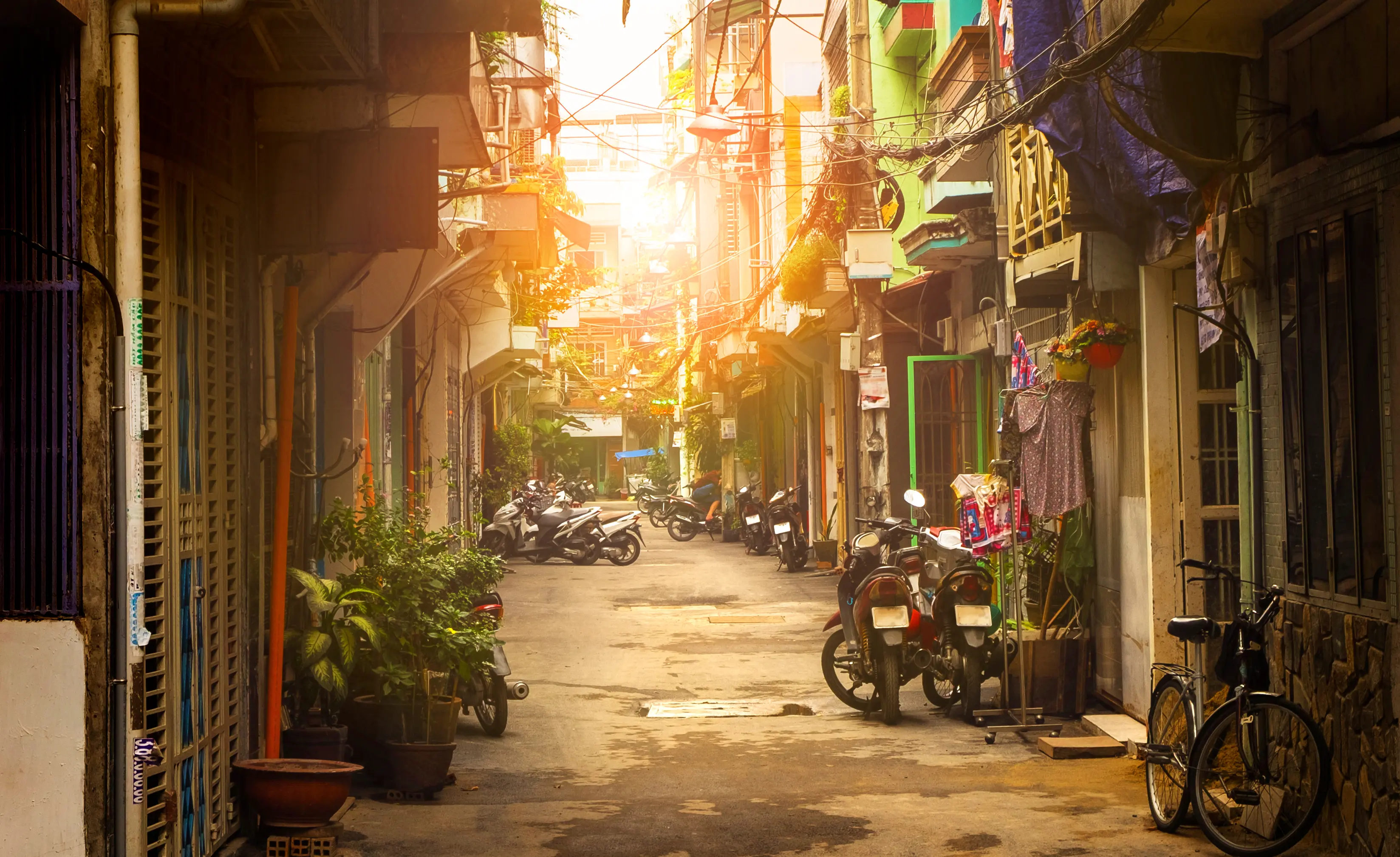
Living Dangerously in Vietnam
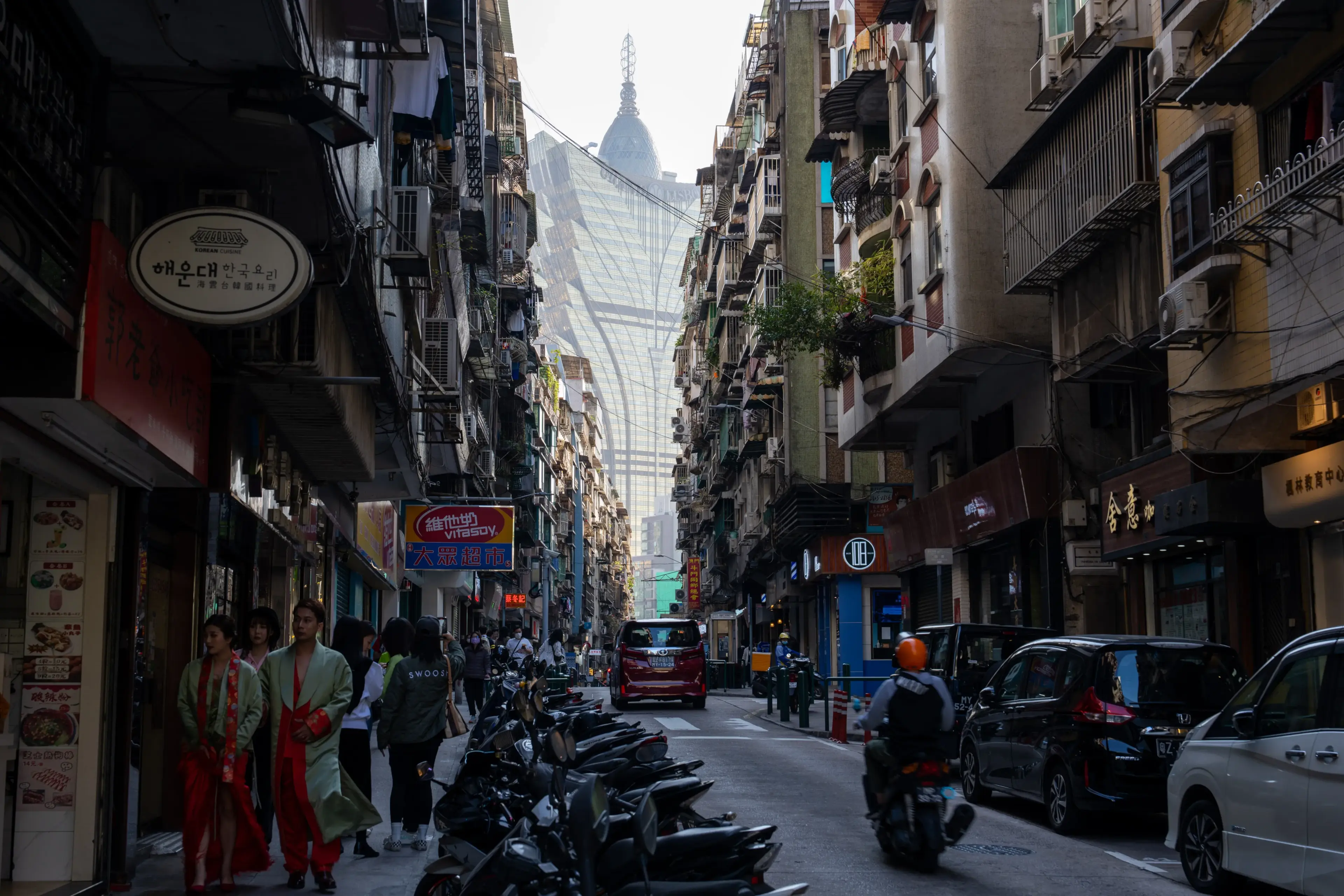
Day Trip from Hong Kong: Macau
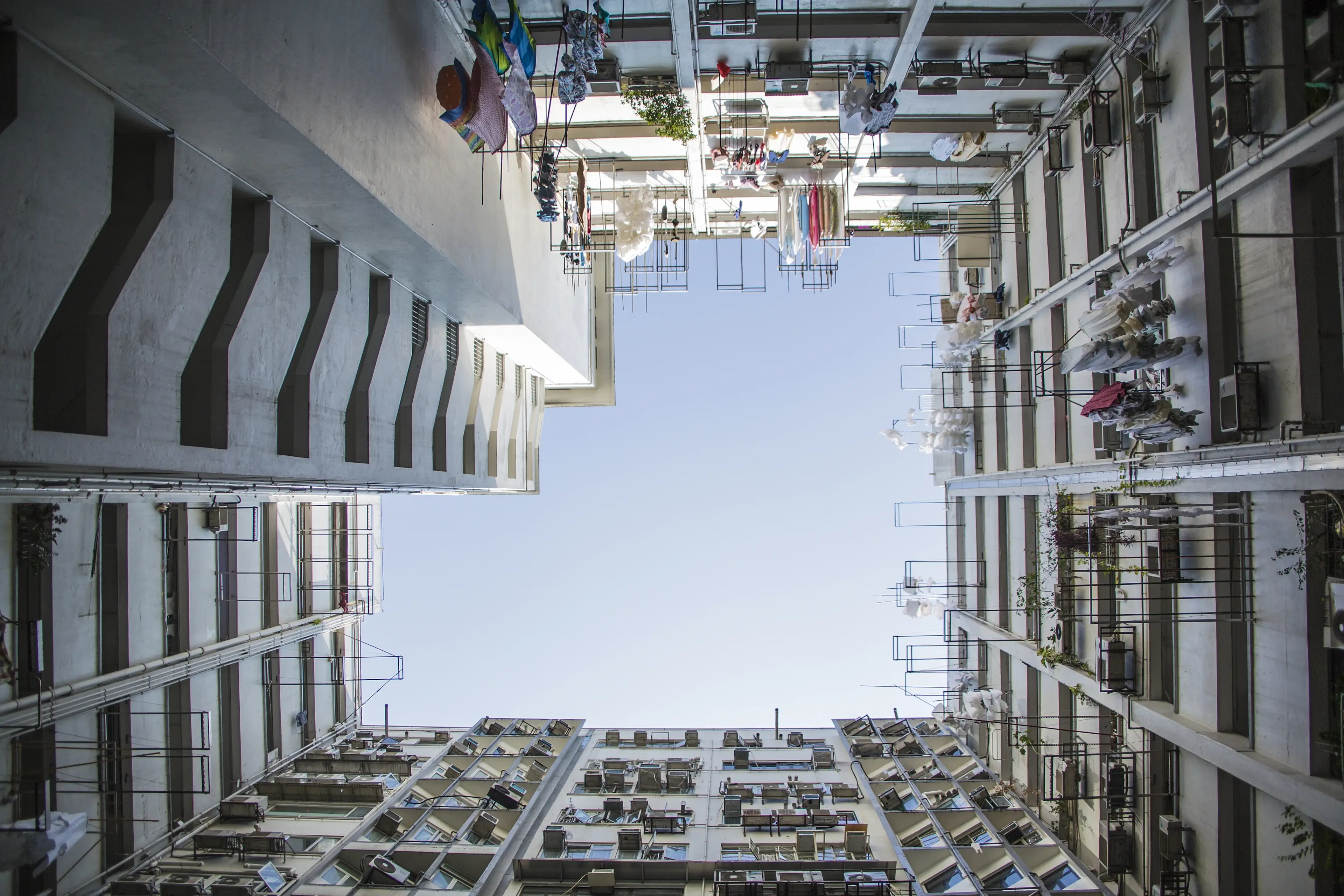
My 360 square foot Hong Kong dream house

Navigating the French Open
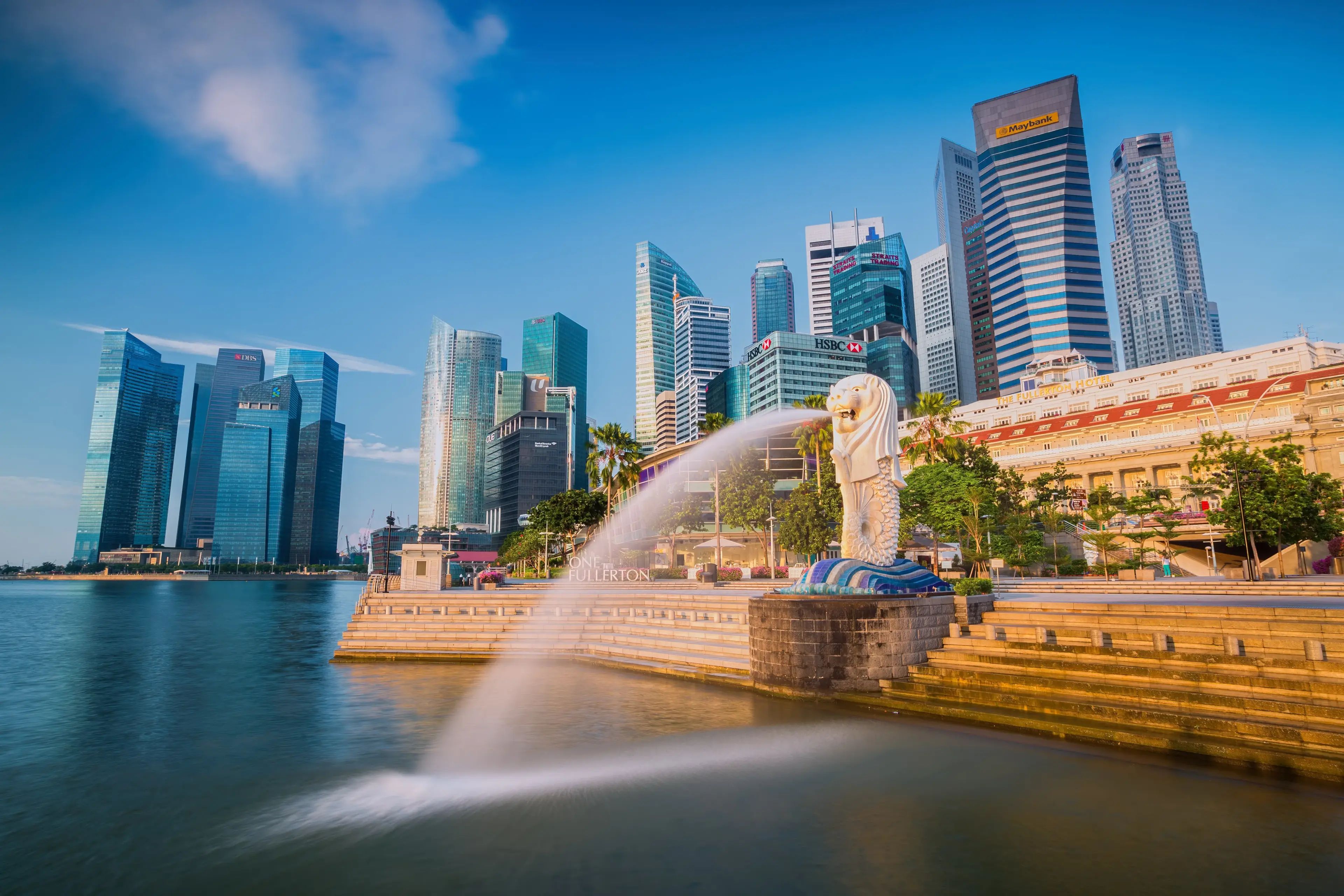
Free Things to do in Singapore

Five Iconic U.S. Cities You Must Visit

Fall Photo Contest

